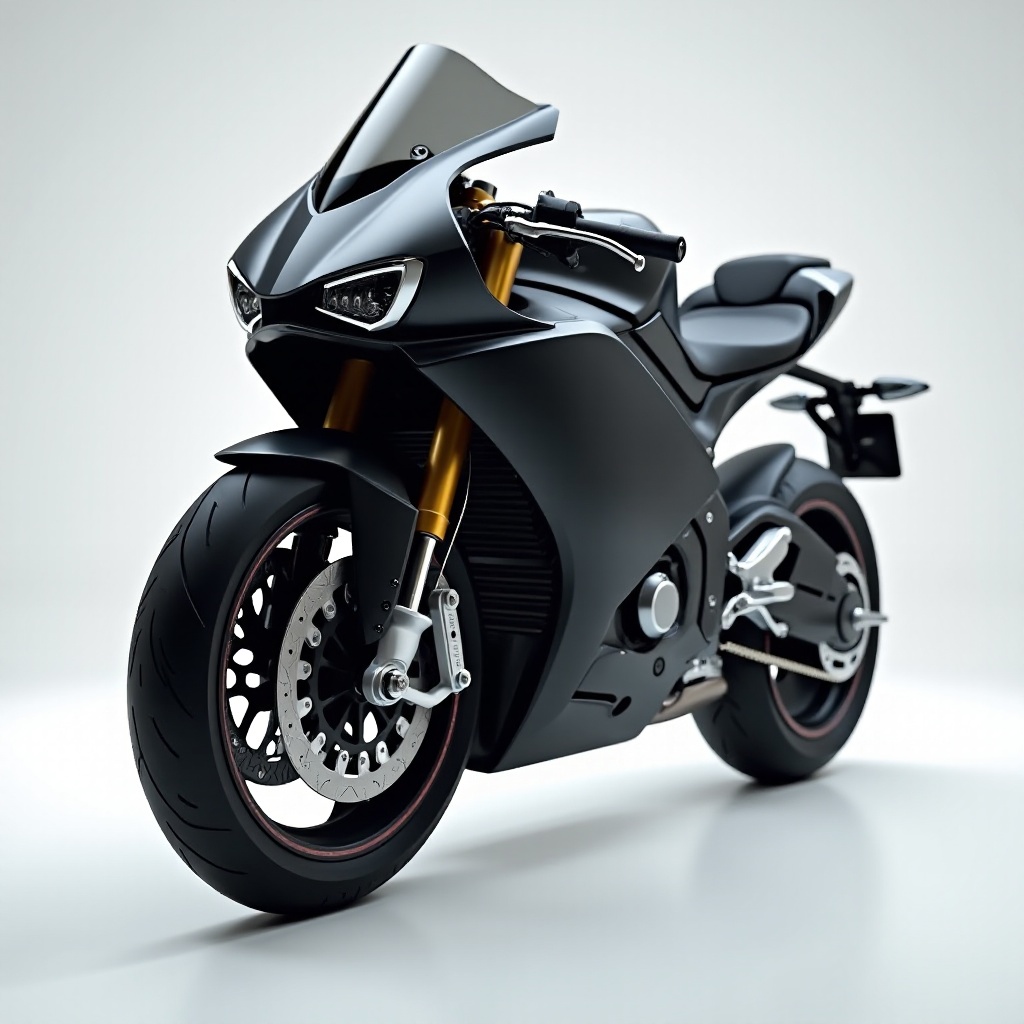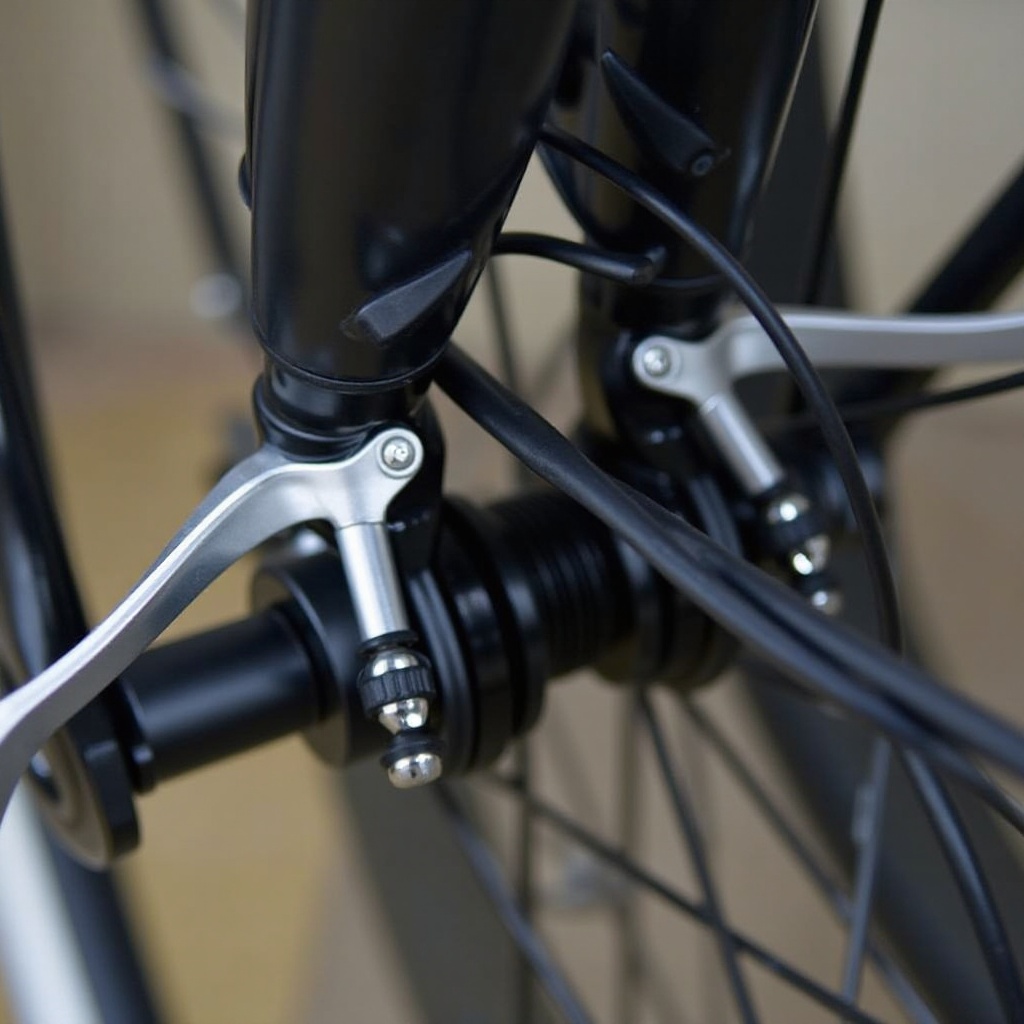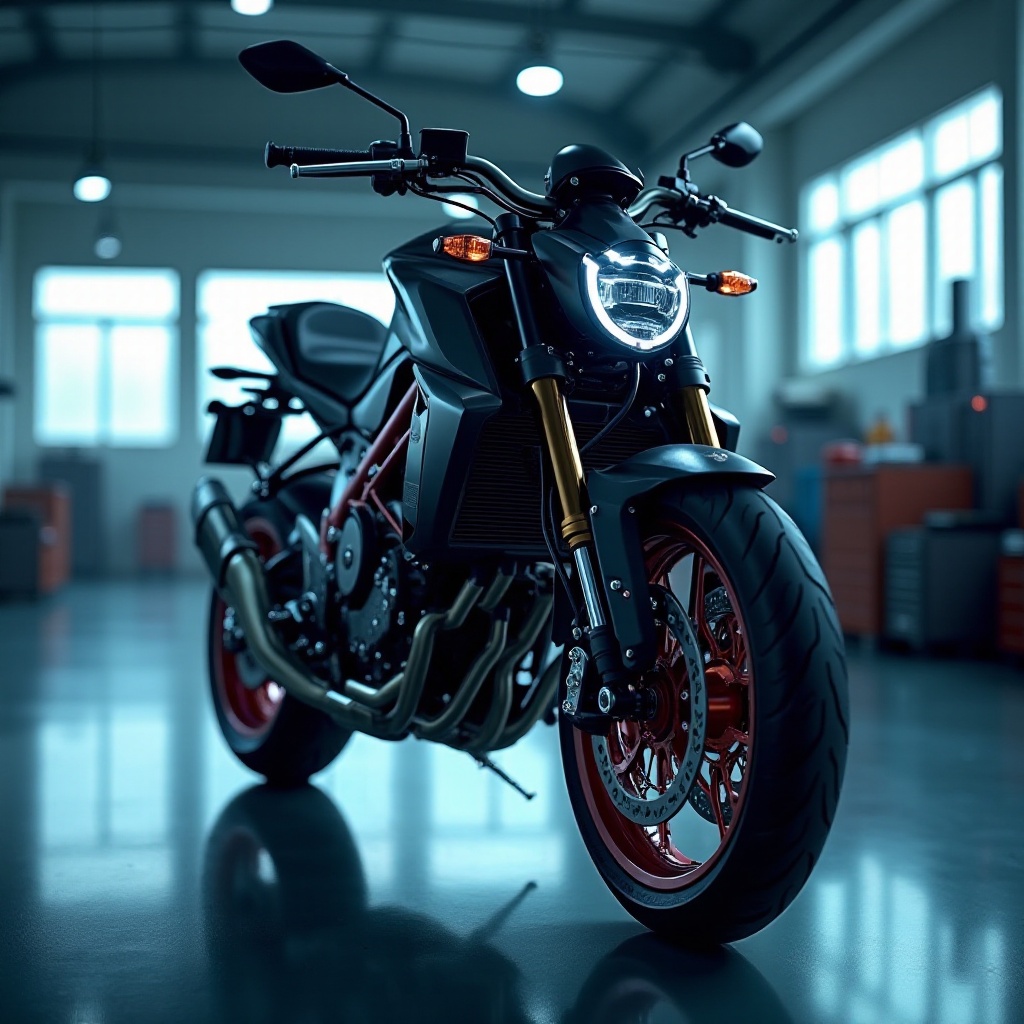Introduction
Bikes symbolize freedom, adventure, and efficient transportation. However, safety remains a critical aspect of this freedom. Among the many components ensuring a rider’s safety, the braking system deserves substantial attention. The combined braking system in bikes has been a groundbreaking innovation aimed at enhancing safety and performance.

What is a Combined Braking System?
The combined braking system (CBS) is an advanced technology designed to improve braking efficiency for motorcycles and bikes. Unlike traditional braking systems, CBS integrates both the front and rear brakes, distributing the braking force evenly between the two. When a rider activates the brake lever, the system automatically applies both brakes simultaneously, leading to improved stability and control.
The primary goal of the CBS is to reduce the risk of wheel locking and skidding during emergency braking. This technology is particularly beneficial for novice riders who may not yet have the expertise to use both brakes effectively.

The Evolution of Braking Systems
The journey of braking systems in bikes has been remarkable, evolving significantly over the years. Initially, bicycles and motorcycles relied on simple mechanical brakes, often inadequate for high-speed stops. Drum brakes introduced better performance, yet they still lagged in efficiency.
The 1970s saw the advent of disc brakes, which offered superior stopping power and heat dissipation compared to drum brakes. However, the evolution did not stop there. The need for an even more efficient and user-friendly system culminated in the development of the combined braking system. ABS (Anti-lock Braking System) also made strides, often working alongside CBS to offer a comprehensive safety solution.
How the Combined Braking System Works
The combined braking system operates on a simple yet effective principle. When the rider pulls the brake lever, the system engages both the front and rear brakes. The key feature here is the distribution of braking force. In a typical CBS setup:
- Actuation: When the front brake lever is pulled, a proportion of the braking force is transferred to the rear brake.
- Distribution: Hydraulic mechanisms or mechanical linkages distribute the force, often with a bias towards the front brake due to the dynamics of weight transfer during braking.
- Control: Sensors and electronic units monitor wheel speeds, adjusting the braking force dynamically to prevent skidding or locking.
The overall effect is a balanced deceleration, ensuring that the rider remains in control even during sudden stops. Some modern CBS systems even integrate with other technologies like traction control and anti-lock braking systems, providing a seamless and highly responsive braking experience.
Safety and Performance Benefits
The combined braking system offers numerous advantages that enhance both safety and performance:
- Improved Control: By distributing braking force, CBS helps maintain bike stability during stops.
- Enhanced Safety: It minimizes the risk of wheel lock, reducing the chances of skidding.
- Ease of Use: Riders, especially beginners, find it easier to brake effectively without managing two separate levers.
- Reduced Stopping Distance: With both brakes engaged efficiently, stopping distances can be significantly reduced.
- Lower Maintenance: The balanced force results in even wear of brake pads and tires, extending their lifespan.
The inclusion of CBS in bikes aligns with the broader goal of reducing accidents and improving the overall riding experience.
CBS in Different New Energy Vehicle Models
Electric bikes and other new energy vehicles have seen an uptick in CBS implementation. These models often integrate CBS to capitalize on its safety and performance benefits, particularly given the unique dynamics and speeds associated with electric bikes. Some notable models featuring CBS include:
- Electric Scooters: Brands like Vespa Elettrica and Ather 450X incorporate CBS for better safety.
- e-Bikes: Models from companies like Juiced Bikes and Superpedestrian utilize CBS to ensure secure and controlled rides.
- Electric Motorcycles: Bikes such as the Zero SR/F and Harley Davidson LiveWire use CBS for effective braking performance.
Electric and hybrid bikes benefit significantly from CBS, as the system enhances their efficiency and ensures user safety.
Future Prospects and Innovations
As we look to the future, the combined braking system will likely see further advancements. The integration with AI and machine learning to predict braking needs and adjust force dynamically is one potential innovation. Another prospect involves better synergy with regenerative braking systems in electric bikes, enhancing battery life and efficiency.
Manufacturers are also exploring more compact and lightweight versions of CBS. These developments could make the system even more accessible and beneficial across different bike models and types.

Conclusion
The combined braking system represents a significant leap in bike safety and performance. From its fundamental mechanics to its integration into new energy vehicles, CBS continues to play a pivotal role in revolutionizing how we ride. As technology progresses, we can expect even more innovations that will further enhance the riding experience.
Frequently Asked Questions
How does a combined braking system improve bike safety?
A combined braking system improves bike safety by distributing the braking force between the front and rear brakes, which minimizes the risk of wheel lock and skidding, leading to more stable and controlled stops.
Are combined braking systems mandatory in new energy vehicles?
While not universally mandated, many new energy vehicle manufacturers include CBS due to its significant safety benefits. Regulatory requirements vary by region and vehicle type.
What are the potential drawbacks of combined braking systems in bikes?
The primary drawbacks include the added complexity and potential higher maintenance costs. Additionally, some experienced riders may prefer manual control over both brakes.
